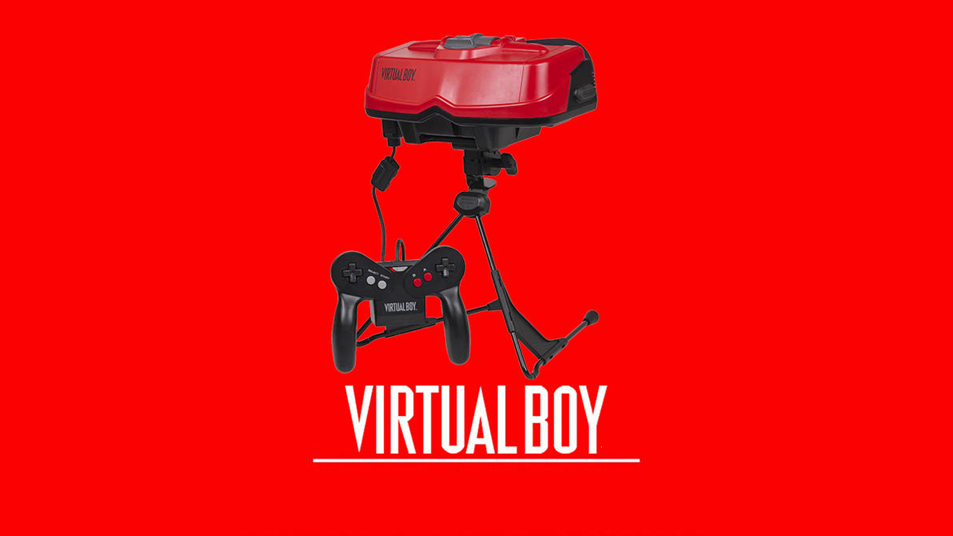In the world of video game history, few consoles are as fascinating—and infamous—as Nintendo’s Virtual Boy. Released in 1995, the device was promoted as the first “true 3D gaming system,” offering players an immersive experience unlike anything on the market at the time. However, despite its ambitious vision, the Virtual Boy was a commercial failure, discontinued less than a year after its launch. Today, it remains both a cautionary tale and a cult curiosity for gaming enthusiasts.
The Vision Behind the Virtual Boy
The Virtual Boy was developed during a period when Nintendo was seeking to innovate beyond traditional gaming consoles. The company partnered with Gunpei Yokoi, the legendary creator of the Game Boy, to bring a groundbreaking idea to life: a portable console capable of delivering stereoscopic 3D visuals.
At the time, 3D graphics were still in their infancy, and Nintendo saw the Virtual Boy as a way to lead the industry into a new era. The device used parallax imaging to create depth, giving players the illusion of stepping into a three-dimensional world.
Design and Features
The Virtual Boy’s design was unusual compared to other consoles of its generation.
-
Headset Style: Instead of connecting to a television, the system resembled a tabletop headset that players looked into. It was mounted on a stand and required users to lean forward to play.
-
Display: The console used LED technology to project red and black graphics, chosen because red LEDs were affordable and provided clear contrast. Unfortunately, the lack of color variety made visuals appear limited and harsh on the eyes.
-
Controller: The Virtual Boy featured a unique controller with dual directional pads, which was ahead of its time in anticipating modern twin-stick designs.
While the concept was innovative, the execution left much to be desired.
The Game Library
The Virtual Boy launched with a modest selection of titles, many of which showcased its 3D capabilities. Some of the more notable games included:
-
Mario’s Tennis: A sports title that became the system’s flagship game.
-
Virtual Boy Wario Land: Widely regarded as the best game on the console, showcasing creative platforming design.
-
Red Alarm: A wireframe 3D space shooter that highlighted the system’s stereoscopic potential.
In total, fewer than 25 games were released for the system worldwide. The limited library contributed significantly to its downfall, as players had little reason to invest in the hardware.
Reception and Market Struggles
The Virtual Boy faced criticism almost immediately after release.
-
Comfort Issues: The tabletop design forced players to hunch over, making long play sessions uncomfortable.
-
Visual Strain: Many users reported eye discomfort and headaches due to the monochrome red display. Nintendo even included health warnings about extended use.
-
High Price: At $179.95 in the U.S., the system was considered expensive, especially given its limited features compared to home consoles like the Super Nintendo Entertainment System (SNES).
-
Poor Marketing: Nintendo positioned the Virtual Boy as a “portable” system, but its bulky design contradicted the concept of mobility.
As a result, sales were dismal. By early 1996, Nintendo had discontinued the console after selling only about 770,000 units worldwide.
The Legacy of the Virtual Boy
Though the Virtual Boy was a commercial failure, its legacy continues to spark discussion among gamers and historians.
-
Innovation Ahead of Its Time: The system introduced concepts like stereoscopic 3D and dual controls that foreshadowed later advancements in gaming.
-
Cult Status: Collectors now see the Virtual Boy as a quirky piece of Nintendo history. Rare games like Jack Bros. and complete hardware sets are highly sought after in retro markets.
-
Influence on VR and 3D Gaming: While flawed, the Virtual Boy laid groundwork for later experiments in virtual reality and 3D visuals. Its failure also taught the industry valuable lessons about ergonomics, affordability, and consumer expectations.
Lessons Learned
Nintendo learned several important lessons from the Virtual Boy’s failure:
-
Hardware Must Match Consumer Needs: While innovation is valuable, it must be practical, comfortable, and affordable.
-
Software Is Key: Without a strong lineup of games, even the most advanced hardware will struggle to succeed.
-
Timing Matters: The technology was ahead of what consumers were ready to embrace, making the system seem more like a novelty than a necessity.
These lessons influenced Nintendo’s future decisions, such as the development of the successful Game Boy Advance, the Nintendo DS, and later, the Nintendo Switch.
Final Thoughts
The Virtual Boy remains one of the most fascinating chapters in Nintendo’s history. Though it failed commercially, it demonstrated the company’s willingness to take risks and push the boundaries of gaming technology. Today, the console serves as both a cautionary tale and a reminder that innovation often involves trial and error.
While the Virtual Boy may not have achieved the success Nintendo envisioned, its bold attempt to redefine gaming has ensured it a permanent place in the history of video games. For collectors and enthusiasts, it represents more than a failed console—it represents a daring experiment in creativity and vision.

